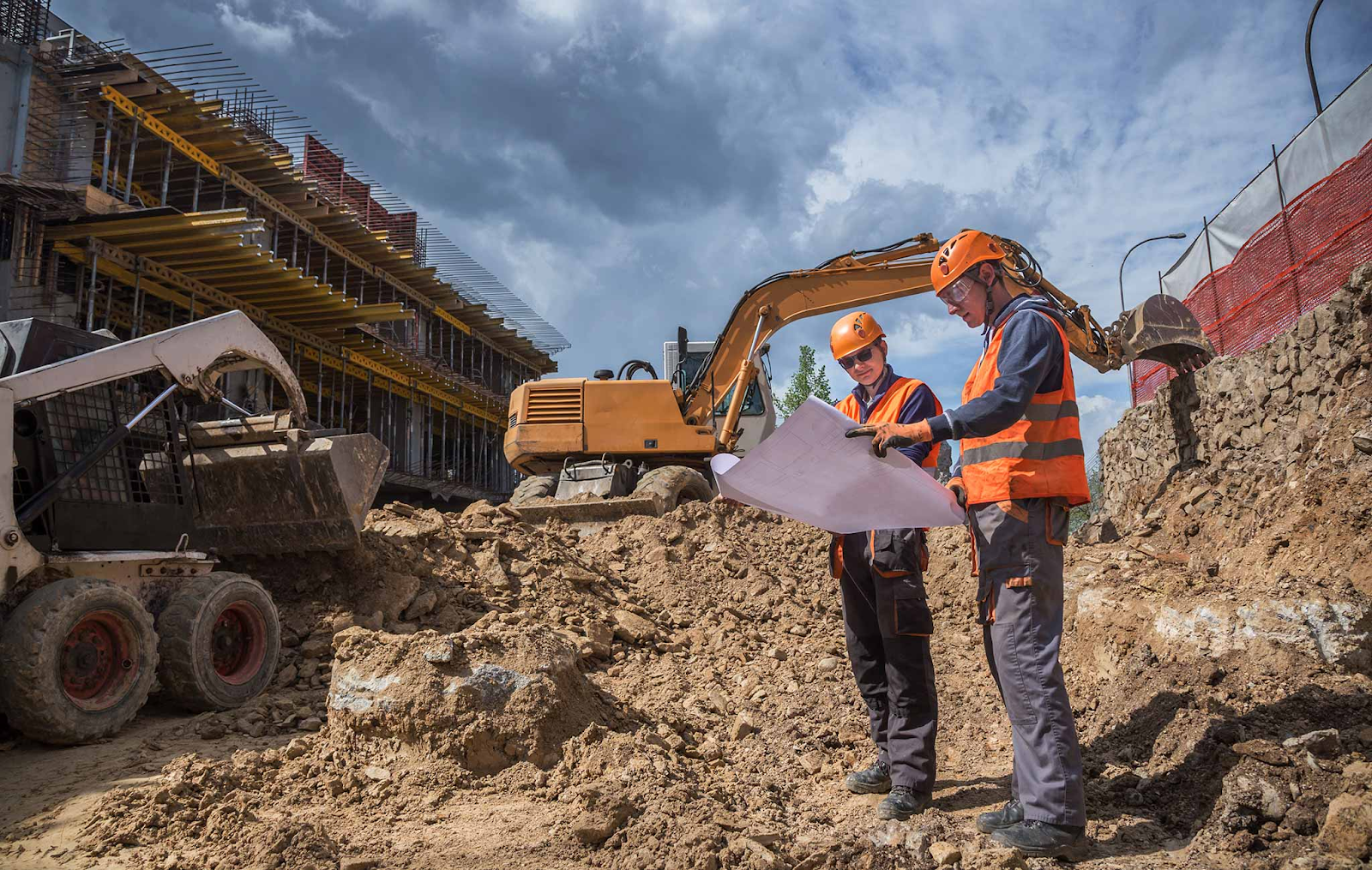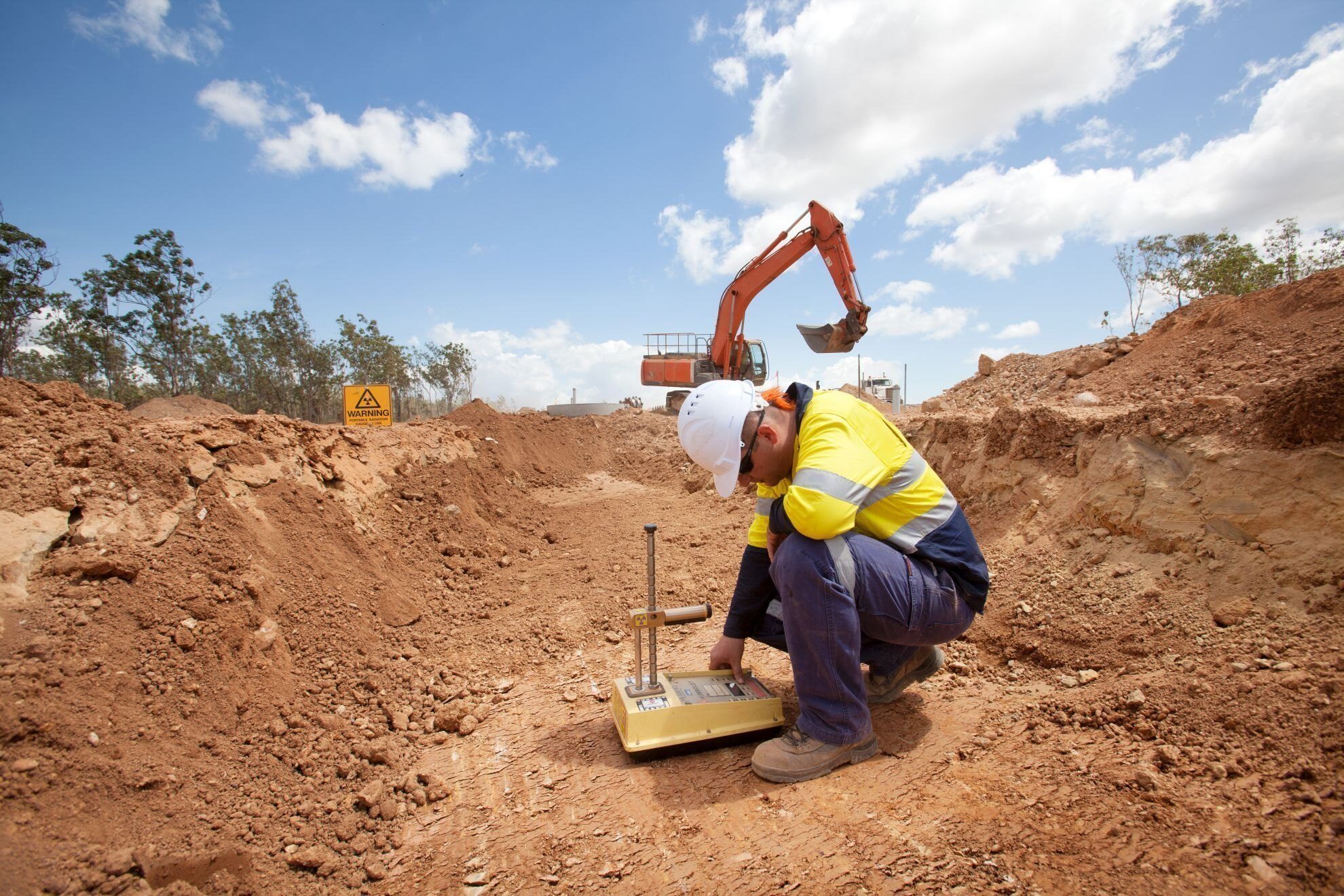The 7-Minute Rule for Geotechnical Engineering For Construction Projects
Some Known Details About Geotechnical Engineering For Construction Projects
Table of ContentsAn Unbiased View of Geotechnical Engineering For Construction ProjectsTop Guidelines Of Geotechnical Engineering For Construction ProjectsGeotechnical Engineering For Construction Projects Fundamentals ExplainedThe 5-Minute Rule for Geotechnical Engineering For Construction ProjectsGeotechnical Engineering For Construction Projects Fundamentals ExplainedThe smart Trick of Geotechnical Engineering For Construction Projects That Nobody is Talking AboutRumored Buzz on Geotechnical Engineering For Construction ProjectsGeotechnical Engineering For Construction Projects Can Be Fun For Anyone
Accompanying this enhanced intricacy comes geological and environmental factors that influence the design of the foundation, which is probably the most fundamental part of any type of growth. People require to rely on that buildings, bridges, and roads will stand the test of time. A Geotechnical engineer encourages on exactly how a structure can best be supported providing its one-of-a-kind circumstances What's hidden listed below the surface of the ground is most likely the most vital piece of info that a Geotechnical Designer seeks.These samples are after that evaluated by the laboratory to determine dirt make-up (Geotechnical Engineering for Construction Projects). The breakdown of sand, silt, clay, and various other materials existing in the dirt, assists the designer identify what distinct features the site has and what the ramifications of those may be. Naturally soil composition is only one test that can be carried out on examples
The smart Trick of Geotechnical Engineering For Construction Projects That Nobody is Discussing
Based on these examinations, there may be a lot more dirt borings that are pierced, or the engineer may have enough info from the first examinations to make a recommendation to the customer on how finest to wage their task. Outcomes are usually reported via borings logs which show the soil structure and characteristics at a selection of midsts.
Geotechnical engineers are accountable for comprehending the homes of all-natural sources and using this knowledge to create secure, affordable designs for building and construction projects. It is an important part of any type of civil design job, as it is made use of to establish the suitability of a site for building and construction and to make certain the structure's security.
This consists of carrying out laboratory tests on the examples and using geophysical methods such as seismic refraction and electric resistivity surveys. This information is used to evaluate the site's viability for building and construction and to figure out the kind of structure that ought to be utilized. Geotechnical engineering assesses dirt problems, identifies potential threats, selects a suitable foundation system for the recommended framework, and establishes the most effective foundation style for a provided task.
The Facts About Geotechnical Engineering For Construction Projects Uncovered
The structure may come to be unstable or collapse without proper soil stabilisation, causing expensive repair work and potential injury. The stabilization procedure involves utilizing various techniques to enhance the stability of the dirt, such as compaction, grouting, and the addition of strengthening materials. Without dirt stabilization, the dangers associated with building projects would certainly be a lot greater, and the results a lot less trustworthy.
It is a process used to boost the residential properties of dirts. Geotechnical designers conduct website investigations to analyze the dirt's residential properties and recognize prospective risks. They also create structures and various other frameworks that require to be improved the site, considering the dirt's attributes. They establish and implement dirt stabilization methods, such as including concrete, lime, or various other maintaining representatives, to enhance the soil's strength and security.
Our Geotechnical Engineering For Construction Projects Diaries
Geotechnical engineers are important in aiding to make sure that soil stablizing is done correctly so that the framework is safe and protected. Geotechnical engineering is also used to analyze soil problems and identify possible hazards. This consists of assessing possible flooding, landslides, and various other all-natural disasters that can influence the structure.
Geotechnical engineers utilize this knowledge to execute website examinations, soil, and rock screening, and to translate web the outcomes to determine the suitable layout parameters for a task. This info is utilized to ensure that the structure, maintaining wall surfaces, inclines, and other structures built on or within the subsurface materials have adequate security and resistance to exterior loads, such as quakes, wind, and water.
These frameworks require a deep understanding of the actions of the subsurface materials, along with the ability to take care of the effect of excavation and building and construction on the surrounding atmosphere. Geotechnical designers use their competence to identify the their website appropriate layout criteria for these structures, such as the size and shape of the passage, the toughness of the sustaining rock, and the type and amount of support called for.
In addition to the style and building and construction of frameworks, geotechnical design additionally plays an important function in the rehab and maintenance of existing frameworks. As frameworks age, they may experience deterioration or various other troubles that impact their security and performance. Geotechnical engineers utilize their experience to evaluate the condition of these structures, recognize the sources of the problems, and develop strategies to resolve them.
Get This Report on Geotechnical Engineering For Construction Projects
In this write-up, I will certainly review the duty of geotechnical engineering and the types of issues geotechnical designers solve. Geotechnical designers (geotechs) are associated with virtually every kind of civil design project. Besides, every structure is supported by soil or rock unless it is drifting, flying, or falling down.
Geotechs are generally most included at the start of a task. Geotechnical Engineering for Construction Projects. A few of the jobs that a geotech might be responsible for are checking out subsurface conditions, figuring out required lab screening of soil and rock, translating the subsurface expedition results, and creating records that record the site conditions and provide referrals for foundations, fill specifications, incline security, and so on
It is not unusual for geotechnical engineers to focus on only one of the areas noted above and research that subject their whole job. Geotechnical engineering is an important aspect of any type of civil design task. Despite how fantastic a structure is built, it will certainly not be great for long if the structure is inadequate.
The Best Strategy To Use For Geotechnical Engineering For Construction Projects

Sometimes, things that may not seem crucial become vital years later when problems arise. One last point to remember: geotechnical design is wed to geology. Despite how excellent your design know-how is, if something crucial is missed out on in the geologic characterization at a site, your know-how might not save you.
He appreciates creeping about on any type of landslide he can find and spending time fly angling on the water. I hope you enjoyed this week's post by visitor author Jese Vance. I hope you'll join us.
Getting My Geotechnical Engineering For Construction Projects To Work

It is vital to understand the soil condition before creating the type and depth of foundation needed for the framework. In order to know the subsurface dirt condition, a geotechnical investigation is needed.
Facts About Geotechnical Engineering For Construction Projects Revealed
When the examination results come, the Geotechnical Designer evaluations the record, which outlines the soil and rock buildings groundwater condition and the connected threats. The type of structure called for to construct the framework is then figured out. Based upon the referral of the Geotechnical Designer, the architectural designer then creates the framework.